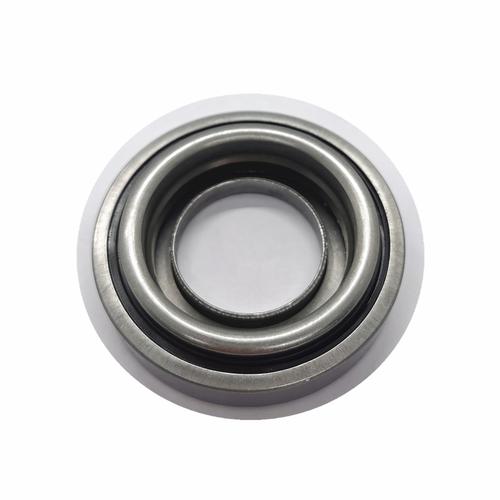Comprehensive Guide to Ball Bearings Types: Selection, Applications
Introduction
Ball bearings are fundamental components in modern machinery, enabling smooth rotational motion while reducing friction. Understanding ball bearings types is crucial for engineers, procurement specialists, and maintenance professionals seeking optimal equipment performance. This guide explores key variations, applications, and selection criteria to help you make informed decisions for industrial needs.
Main Types of Ball Bearings
 1. Deep Groove Ball Bearings: The most versatile type, handling radial and axial loads. Ideal for electric motors and automotive components.
1. Deep Groove Ball Bearings: The most versatile type, handling radial and axial loads. Ideal for electric motors and automotive components.
2. Angular Contact Bearings: Designed for combined loads, perfect for gearboxes and precision machinery.
3. Thrust Ball Bearings: Specialized for axial load management in applications like crane hooks.
4. Self-Aligning Ball Bearings: Compensate for shaft misalignment in mining equipment and conveyors.
Critical Applications Across Industries
Different ball bearings types serve unique purposes:
- Aerospace: High-precision angular contact bearings
- Automotive: Sealed deep groove bearings for wheel hubs
- Robotics: Miniature bearings for articulated joints
- Energy: Heavy-duty bearings for wind turbines
Selection Guide: Key Considerations
1. Load Requirements (radial/axial/combined)
2. Operational Speed Limits
3. Environmental Conditions (temperature, contamination risks)
4. Precision Class Requirements
5. Maintenance Accessibility
Maintenance Best Practices
1. Regular lubrication intervals
2. Vibration monitoring
3. Proper storage conditions
4. Contamination prevention
5. Alignment checks
Why Choose Our Ball Bearing Solutions?
Our company specializes in ISO-certified ball bearings types for global industrial applications. With 15 years of expertise, we provide:
- Customized bearing solutions
- Comprehensive technical support
- Competitive OEM pricing
- Fast international shipping
FAQs
Q: What's the temperature limit for standard ball bearings?
A: Most operate between -30°C to 120°C; special variants available for extreme conditions.
Q: How often should bearings be lubricated?
A: Varies by application – consult our maintenance charts for specific intervals.
Q: Can different ball bearings types be mixed in assemblies?
A: Not recommended without engineering approval due to load distribution risks.
Conclusion
Selecting appropriate ball bearings types significantly impacts equipment efficiency and lifespan. For tailored solutions meeting international quality standards, request a product catalog or consult our engineering team today.




 13869596835
13869596835